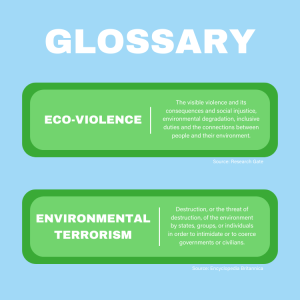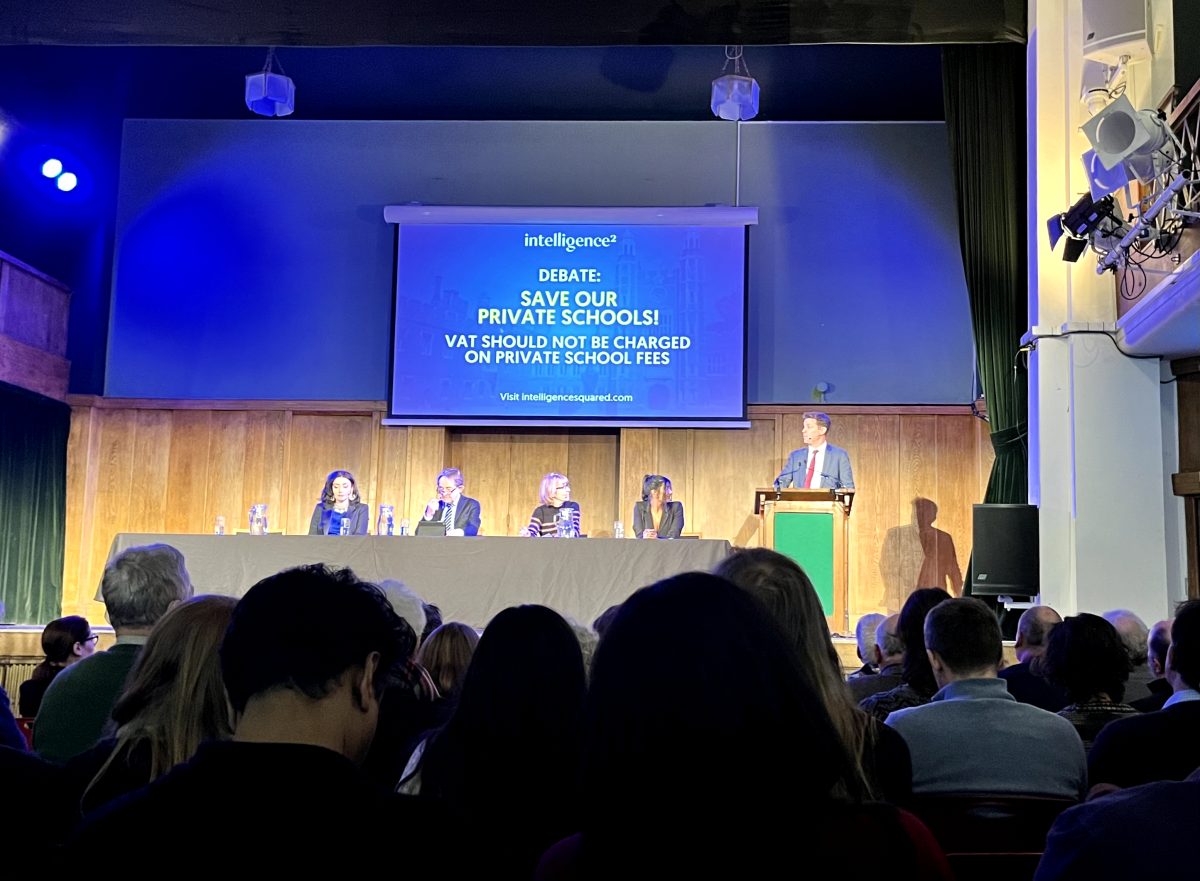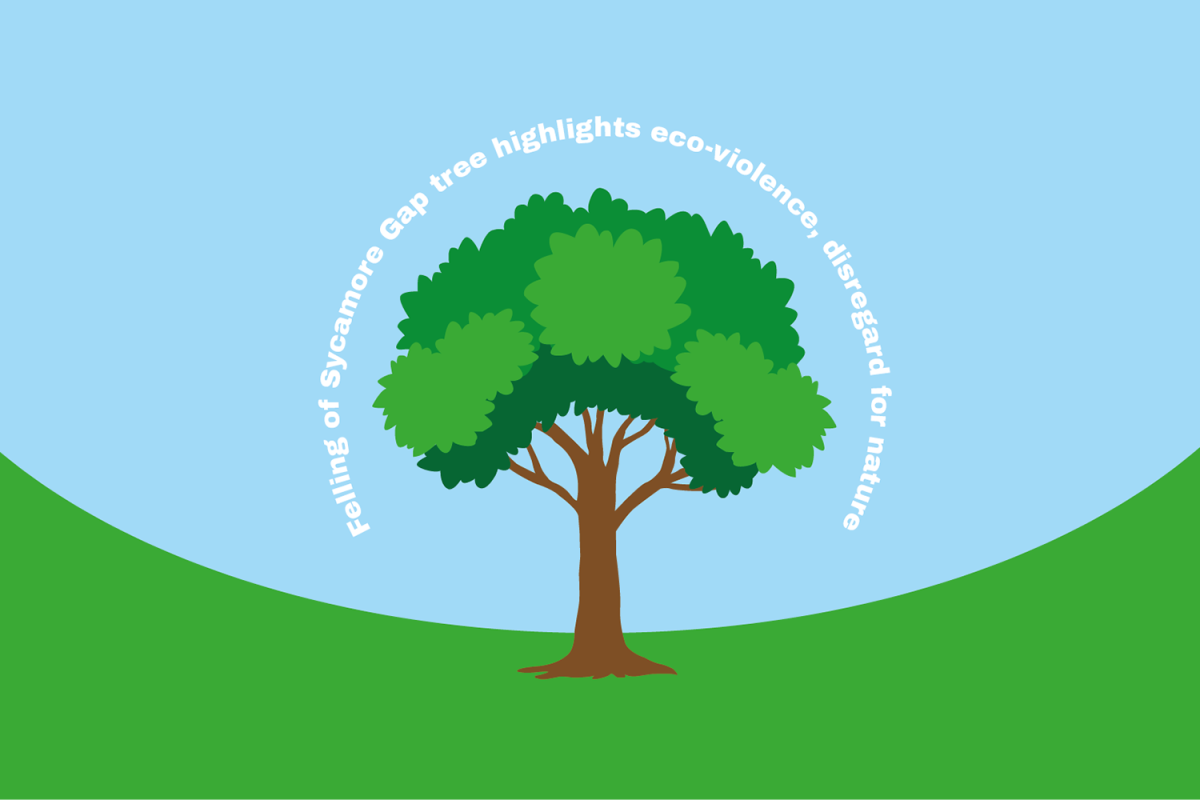Hello there! Welcome back to another year of “Environment, Explained” where I share my take on current climate news. In this entry, I will be dissecting the felling of the Sycamore Gap tree Sept. 27 and how this incident reflects a culture of eco-violence and environmental terrorism within our society.
The Sycamore Gap, often referred to as the “Robin Hood tree” after its appearance in the 2010 action film based on the fairy tale, was a 200-year-old historical landmark and famous photographic subject in Northumberland National Park. In memory of the tree, many publications such as the BBC have showcased photographs of the landmark.
The felling of the tree has launched a local police search for the culprit, according to the National Trust. Two arrests have been made, but both suspects have denied the accusation. The Sycamore Gap felling is not an isolated incident, rather, it contributes to society’s ongoing culture of eco-violence.
“Eco-violence” simply refers to the human disruption of nature, whereas “environmental terrorism” is a term that pertains to more extreme and intentional incidents of environmental annihilation.
Beyond the Sycamore Gap, eco-violence has become rampant in recent years with the illegal poaching of endangered elephants for ivory trade and detrimental oil drilling schemes like the Willow Project.
To put a stop to our culture of eco-violence, we must cultivate a symbiotic relationship with nature rather than a parasitic one.
Humanity has waged a war against its environment, and frankly, it’s self-destructive. Deliberate environmental terrorist attacks such as water supply contamination and agricultural sabotage are not the only causes of destruction; our species continuously harms the world by producing greenhouse gases and reducing biodiversity through our eco-violent practices, thereby posing a threat to our very own habitat.
Our collective lack of care for the environment stems from the presumption that because humans are the most developed species, we can go and do as we please. Small children, for instance, often rip grass out of the ground to play with and step on smaller organisms like ants for fun. These actions highlight how we begin to view ourselves as more elevated than our surroundings from a young age.
Furthermore, the felling of the Sycamore Gap tree – a tree with great historic and contemporary importance – is a prime example of the eco-violence perpetuated by society’s attitude toward nature.

It is imperative that we alter this toxic perception of ourselves and the environment. To put a stop to our culture of eco-violence, we must cultivate a symbiotic relationship with nature rather than a parasitic one.
One way I have tried to facilitate a positive relationship with nature is by giving back to my environment. My family is from Vermont, which means I spend a lot of time outdoors kayaking in the Connecticut River and skiing on Killington Peak. As such, I like returning my thanks to the environment by striving toward a zero-waste lifestyle and frequently lending a helping hand in gardening-based community service projects.
Our environment must be nurtured rather than demolished. Friendly relations with nature can challenge you to become more eco-conscious, which, in due time, will reshape how humanity interacts with nature and break down our societal culture of eco-violence.






